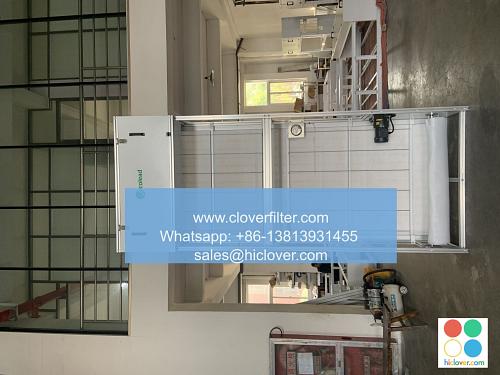The Role of Nominal Size in Manufacturing: A Guide to Accurate Measurements

In the realm of manufacturing, precision engineering and accurate measurements are crucial for producing high-quality products that meet specific design specifications and industry standards. One key concept that plays a vital role in achieving these goals is nominal size, which refers to the specified or theoretical size of a part or component. In this article, we will delve into the importance of nominal size in manufacturing, its relationship with tolerancing and dimensional metrology, and its applications in various industrial sectors.
Understanding Nominal Size and Its Significance
Nominal size is a critical parameter in manufacturing design and production planning, as it serves as the basis for determining the tolerances and acceptance criteria for a particular part or assembly. The nominal size of a component is typically specified in design drawings and technical documentation, and it is used to calculate the dimensional tolerances and geometric tolerances that are acceptable for the part. By understanding the nominal size and its associated tolerance limits, manufacturers can ensure that their products meet the required quality standards and performance specifications.
Relationship between Nominal Size, Tolerancing, and Dimensional Metrology
Tolerancing is a critical aspect of manufacturing engineering that involves specifying the acceptable deviations from the nominal size of a part or component. The tolerance limits are typically defined in terms of plus/minus values or upper and lower limits, and they are used to determine the acceptance criteria for the part. Dimensional metrology is the science of measuring the dimensions and geometric characteristics of parts and components, and it plays a vital role in verifying that the manufactured parts meet the specified tolerance limits. By combining nominal size, tolerancing, and dimensional metrology, manufacturers can ensure that their products meet the required quality standards and performance specifications.
Applications of Nominal Size in Various Industrial Sectors
The concept of nominal size has numerous applications in various industrial sectors, including:
* Aerospace engineering: where precise tolerancing and accurate measurements are critical for ensuring the safety and performance of aircraft and spacecraft components.
* Automotive manufacturing: where nominal size and tolerancing are used to ensure the interchangeability and compatibility of parts and components.
* Medical device manufacturing: where precise measurements and accurate tolerancing are crucial for ensuring the safety and efficacy of medical devices and implants.
* Industrial machinery: where nominal size and tolerancing are used to ensure the performance and reliability of industrial equipment and machinery.
Best Practices for Implementing Nominal Size in Manufacturing
To ensure accurate measurements and precise tolerancing, manufacturers should follow these best practices:
* Use standardized units of measurement: such as SI units or inch-pound units, to avoid confusion and errors.
* Specify tolerances clearly: using plus/minus values or upper and lower limits, to avoid ambiguity and misinterpretation.
* Use dimensional metrology tools: such as CMMs or optical comparators, to verify the dimensions and geometric characteristics of parts and components.
* Implement quality control measures: such as inspection and
By understanding the importance of nominal size and its relationship with tolerancing and dimensional metrology, manufacturers can ensure that their products meet the required quality standards and performance specifications. By following best practices and implementing nominal size in their manufacturing processes, companies can improve their product quality, reduce errors, and increase efficiency. It seems like you forgot to include the actual prompt. Please go ahead and provide the prompt or topic you’d like to discuss, and I’ll be happy to help!

